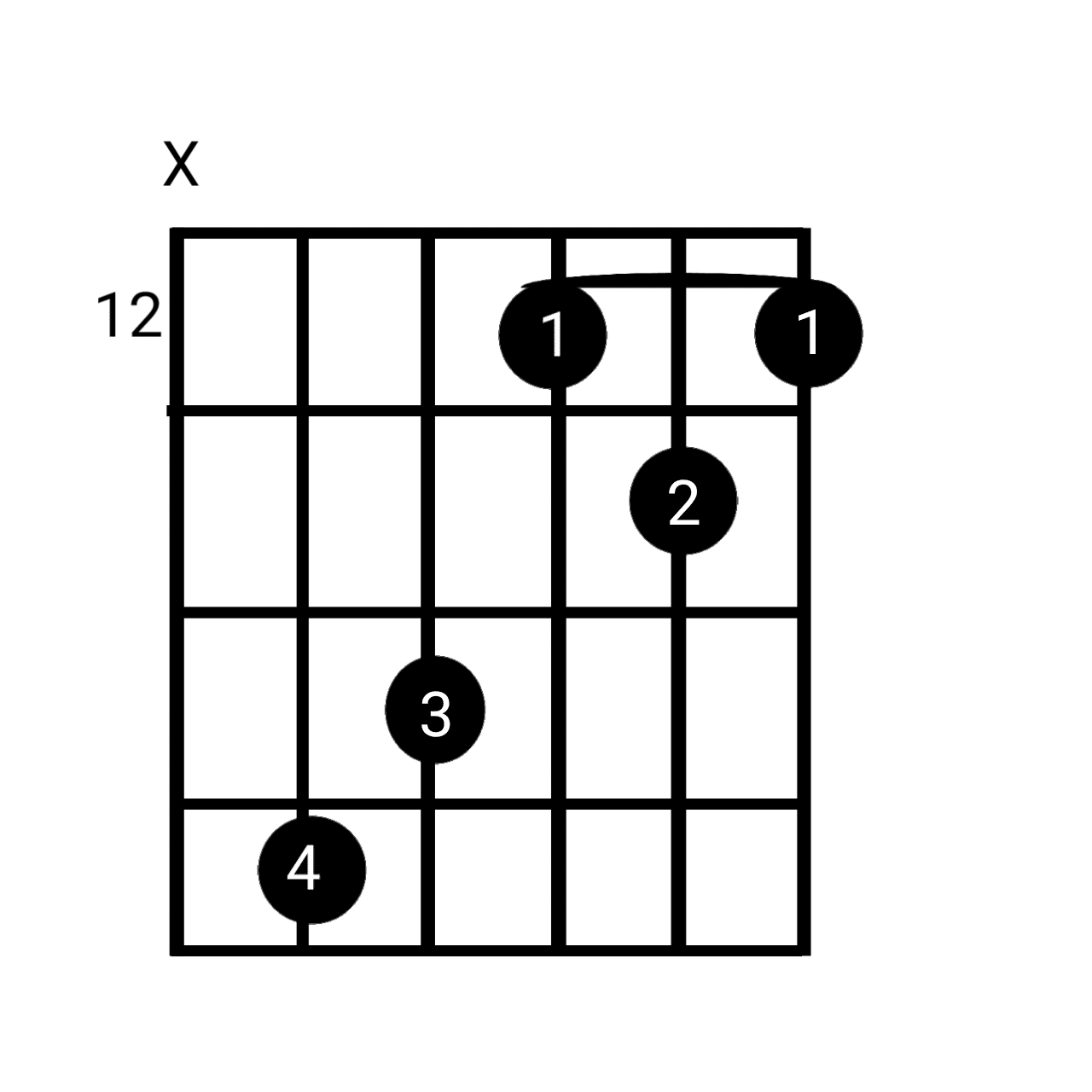

Practicing improvisation on the guitar in the key of C major is a great place to start. Thankfully, using the same three strings to form the triad and its inversions up the neck isn’t too challenging in C major. However, on guitar, it might get a little more complex, due to the layout of the fretboard. If you were on a piano playing these, you would not have to worry about black keys being part of the inversion, therefore, making it a little easier to practice. Shifting to the second inversion you get G > C > E. When you shift it to the first inversion that now becomes E > G > C. If you look at your root position triad for C major, you get C > E > G. Learning inversions for the C major triad is very simplistic and gives you a great way to see how they work. Or at least enough to get you started on that journey! If you wanted the relative minor to C major, you would get A minor, as it shares the same key signature.Īside from the C major scale being an excellent scale to learn for beginners due to its simplicity, it’s a tried and true staple for a lot of things to make you a better musician. This is because C minor has 3 flats, while C major has nothing in its key signature. That’s pretty much all there is to it! Of course, knowing this, you will see how C major will have a different key signature than its parallel minor, C minor. The ring going counter-clockwise will also follow this sequence: “Battle, Ends, And, Down, Goes, Charles’, Father” Slightly different than the method of finding the sharp key signatures, we reverse the acronym making it: BEADGCF. Moving forward, the other half of the wheel contains the keys with flats in their key signature. Anything beyond that gets you into some weird territory of key signatures containing double sharps, and double flats, but we won’t get into that. The same is true with Cb containing all 7 flats.

You might have also noticed that C has no sharps or flats, yet C# major contains all 7. So if you know B major has five sharps, you may count with your fingers and say, “Father, Charles, Goes, Down, And”, then you know the key of B major has five sharps which are F, C, G, D, and A. However, the main idea is to remember how many sharps each key has, as well as what the acronym stands for. You’ll see that as you go along the wheel every key gets an additional sharp that follows the sequence of the acronym FCGDAEB. This is only said for you to remember the acronym, as the first letter of each word represents a note that is to be sharp. “Father, Charles, Goes, Down, And, Ends, Battle” You simply need to know the acronym: FCGDAEB. But how are these sharps determined by note? You will notice that going clockwise starting from C, the keys get an additional sharp, all the way to C# major, containing 7 sharps. The outer ring of the diagram shows all of the Major keys, while the inner ring shows the relative minor keys (keys that share the same key signatures as the major keys). The diagram of the circle of fifths shows the various key signatures in major and minor. The circle of fifths is a “wheel-shaped” diagram that shows all of our most common key signatures in a very easy-to-understand format: Let’s briefly go over the circle of fifths. Guitar tablature of the C major scale in a very simplified form. On the guitar, using tablature (tab for short) you may play it like this: This makes it an excellent place for beginners to start as you don’t have to worry about altering notes, and can play something that sounds simplistic and pleasant to the ear.

In the key of C, we have no sharps and no flats. However, if the note is marked with a flat, it’s to be lowered by a semitone. If the note is marked with a sharp, it’s to be raised by a semitone. Key signatures may contain a collection of sharps (#) or flats (b) that alter the note.The key, and whether the key is Major or minor helps us determine our key signature.The key is determined by the root note, whether that be Ab Major, E minor, or in this case: C Major.If that sounded like a lot of gibberish, then let’s break it down: A key can simply be defined as, “a collective group of pitches that form the harmonic foundation, deriving from the tonic”.


 0 kommentar(er)
0 kommentar(er)
